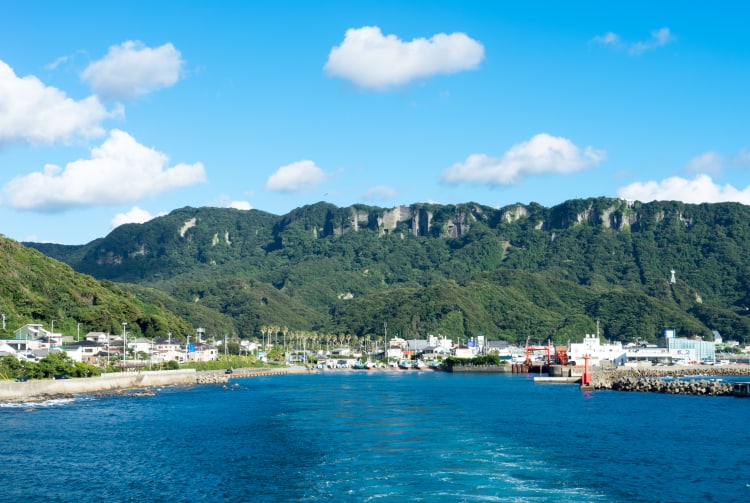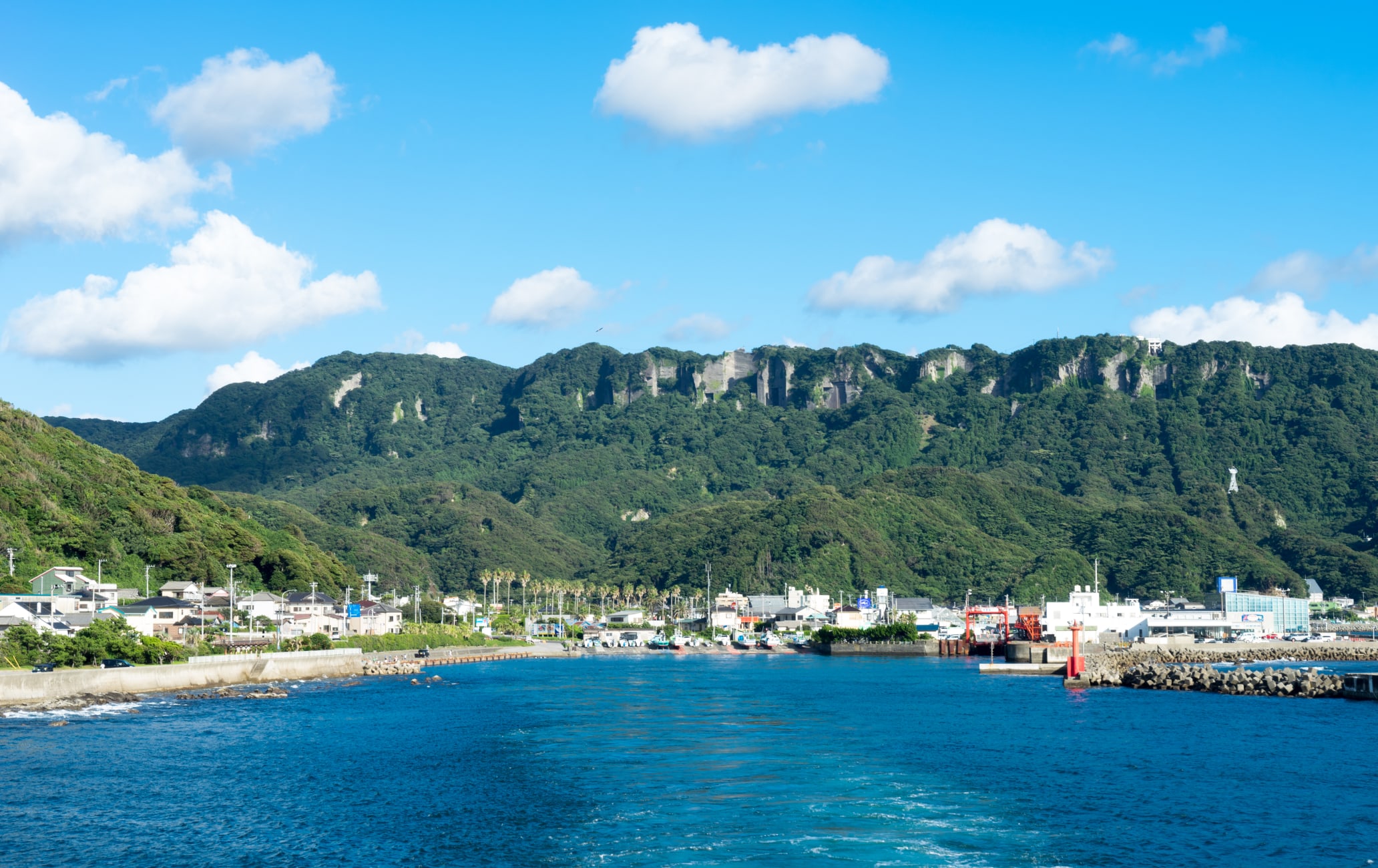Peek into hell at the home of a giant granite Buddha
Along with Mt. Kanozan and Mt. Kiyosumi, Mt. Nokigiri is one of Chiba's three most famous mountains. Standing 329 meters high, it features a grand lookout point and is home to a temple complex containing one of Japan's largest Buddhas.
Don't Miss
- Riding the scenic ropeway to the top
- Pay homage to a giant granite Buddha
- Take in Tokyo Bay and Mt. Fuji from the Jigoku Nozoki observation deck
How to Get There
Mt. Nokogiri is located on Chiba's west coast, south of Kisarazu .
By train, Mt. Nokogiri is near Hana-Kanaya Station on the JR Uchibo Line, covered by the JR rail pass. It's an hour and a half from Tokyo Station by the Sazanami special express train. There are buses at Tokyo and Shinjuku Station for Kisarazu, where you can change to the local Uchibo Line. If you are coming to the area by car, take the four-lane highway known as the Aqua Line to Kisarazu and head south.

A saw-toothed mountain
Mt. Nokogiri is named for its resemblance to the traditional Japanese saw of the same name. Its jagged cliffs and unusual rock formations distinguish it from other mountains in the area. The mountain is bare granite and has been a quarry since the Edo Period. It has also provided stones for many of Tokyo's most iconic sites like Yasukuni Shrine and Waseda University.
The view from the top
It's an easy hike up Mt. Nokogiri, or you can take the scenic ropeway to its peak. You can board the ropeway in the town of Kanaya on the north side of the mountain and enjoy spectacular views of Tokyo Bay all the way to the top.

A Glimpse of Hell
The main lookout point at the top of the mountain is called Hell Peek Point . A jagged cliff that juts out from the mountain, it offers a spectacular view straight down. From here, you can see huge areas of the Boso Peninsula and much of Tokyo Bay. On clear days, you can see as far as Mt. Fuji.
The ropeway station at the peak has a restaurant, telescopes for closer viewing, and a souvenir shop.

Nihonji Temple
At the southern base of the mountain is Nihonji Temple, an officially designated Important Cultural Property. There's a stairway leading from the top of the mountain down to the temple so you can go directly there after taking in the view. The vast, picturesque Zen temple dates back 1300 years and is still used to train young monks today.


The giant Buddha
A giant daibutsu, or Buddha statue, is carved into the granite on the side of the mountain. At 31 meters high, it's one of Japan's largest Buddhas, even larger than Kamakura's famous daibutsu at Kotokuin Temple. The statue was built to pray for world peace. Most of the statue was carved in 1783.

Thousands of Buddhist statues
In addition to the daibutsu, there are around 500 small statues of various deities located around the temple grounds. There used to be 1500, but a thousand have been lost to time. This part of Nihonji was a spiritual sanctuary built over 21 years in the 18th century by craftsman Kangoro Ono and his students.
























































